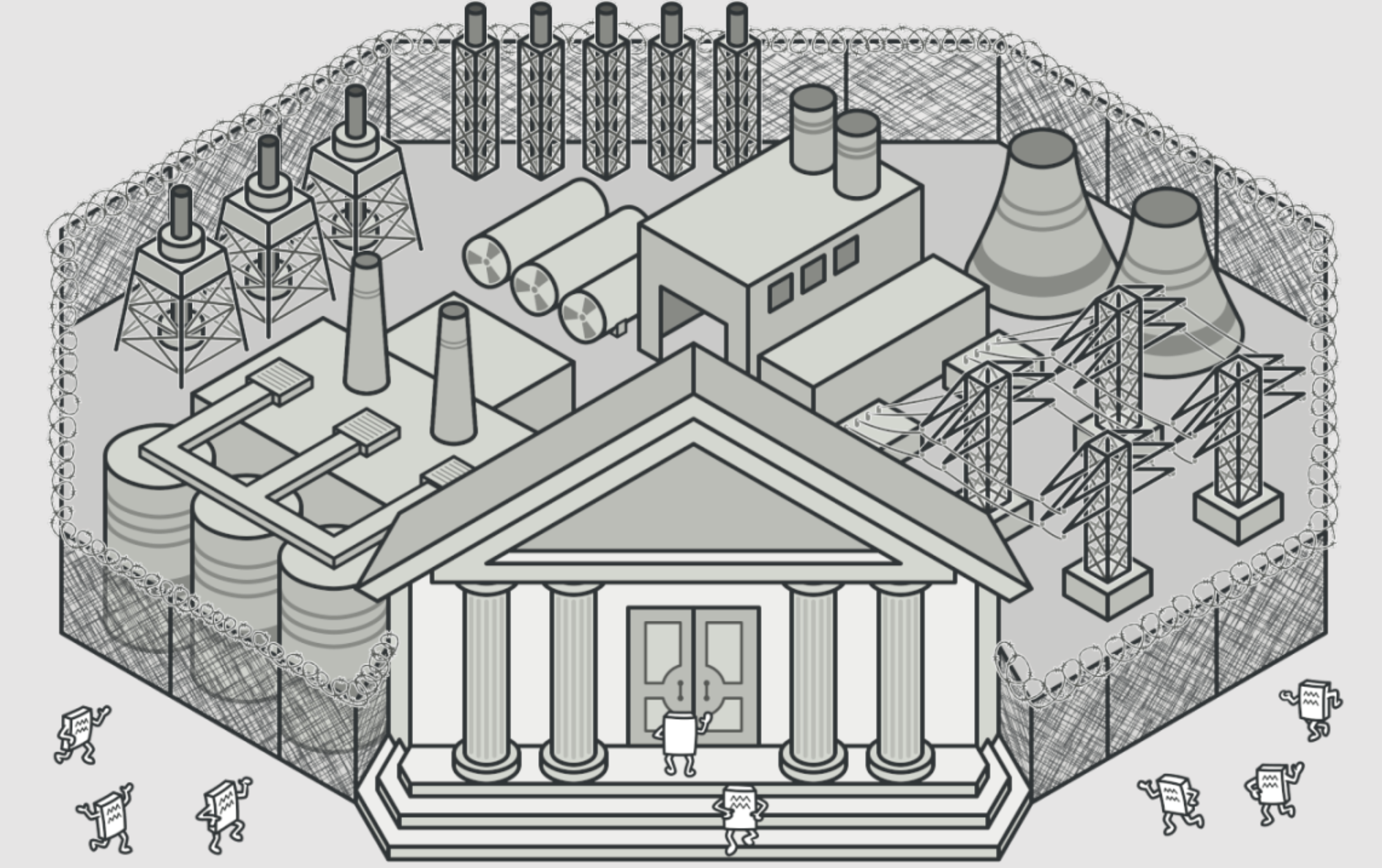Table of Contents
1. Introduction
In software design, managing complex systems can be challenging. The Facade Design Pattern addresses this challenge by providing a unified interface to a set of interfaces in a subsystem. It encapsulates the complexities within a simplified interface, making it easier for clients to interact with the system.
2. Advantages
a. Simplified Interface
The primary advantage of the Facade pattern is the creation of a simplified interface for a complex system. Clients can interact with a single, well-defined interface, reducing the cognitive load and making the system more user-friendly.
b. Decoupling
By introducing a facade, the internal details of a subsystem are hidden from clients. This promotes loose coupling between components, allowing for easier maintenance and changes within the subsystem without affecting the clients.
c. Abstraction of Complexity
The Facade pattern abstracts the complexities of a subsystem, providing a higher-level view. This abstraction helps clients focus on the essential features without being overwhelmed by intricate details.
3. Disadvantages
a. Limited Flexibility
While the Facade pattern simplifies the interaction with a system, it might limit the flexibility for clients who need access to more advanced or specific features of the subsystem. Clients relying solely on the facade might find it challenging to perform certain tasks.
b. Increased Dependency
If the facade becomes too complex or if clients heavily depend on it, changes to the subsystem may impact a large portion of the codebase. This dependency could result in a ripple effect, necessitating modifications in multiple places.
4. Example Scenarios
a. Multimedia Processing
Consider a multimedia processing library that involves various components such as audio processing, video processing, and file handling. A facade can be created to provide a simple interface for clients to perform common operations without needing to understand the intricacies of each component.
b. Subsystem Initialization
In a large application with numerous subsystems that need to be initialized in a specific order, a facade can be created to encapsulate the initialization process, providing a single method for clients to initialize the entire system.
5. Coding Examples
a. Java Example
// Subsystem components
class AudioProcessor {
void processAudio() {
System.out.println("Audio processing");
}
}
class VideoProcessor {
void processVideo() {
System.out.println("Video processing");
}
}
// Facade
class MultimediaFacade {
private AudioProcessor audioProcessor;
private VideoProcessor videoProcessor;
public MultimediaFacade() {
this.audioProcessor = new AudioProcessor();
this.videoProcessor = new VideoProcessor();
}
public void processMultimedia() {
audioProcessor.processAudio();
videoProcessor.processVideo();
}
}
// Client Code
public class Client {
public static void main(String[] args) {
MultimediaFacade facade = new MultimediaFacade();
facade.processMultimedia();
}
}
b. C++ Example
#include <iostream>
// Subsystem components
class AudioProcessor {
public:
void processAudio() {
std::cout << "Audio processing\n";
}
};
class VideoProcessor {
public:
void processVideo() {
std::cout << "Video processing\n";
}
};
// Facade
class MultimediaFacade {
private:
AudioProcessor audioProcessor;
VideoProcessor videoProcessor;
public:
void processMultimedia() {
audioProcessor.processAudio();
videoProcessor.processVideo();
}
};
// Client Code
int main() {
MultimediaFacade facade;
facade.processMultimedia();
return 0;
}
c. Python Example
# Subsystem components
class AudioProcessor:
def process_audio(self):
print("Audio processing")
class VideoProcessor:
def process_video(self):
print("Video processing")
# Facade
class MultimediaFacade:
def __init__(self):
self.audio_processor = AudioProcessor()
self.video_processor = VideoProcessor()
def process_multimedia(self):
self.audio_processor.process_audio()
self.video_processor.process_video()
# Client Code
if __name__ == "__main__":
facade = MultimediaFacade()
facade.process_multimedia()
6. When to Use and When to Avoid
When to Use:
- Use the Facade pattern when you want to provide a simplified interface to a complex system.
- When there are multiple subsystems, and you want to encapsulate their interactions behind a unified facade.
- When you need to reduce dependencies between clients and subsystems.
When to Avoid:
- Avoid using the Facade pattern when the system is relatively simple and doesn’t require a separate layer of abstraction.
- If clients need fine-grained control over subsystem components, using a facade might limit their flexibility.
7. Conclusion
The Facade Design Pattern is a valuable tool for simplifying interactions with complex systems. By providing a unified interface, it promotes encapsulation, decoupling, and abstraction of complexities. However, it’s crucial to strike a balance and avoid creating overly complex facades that might hinder system flexibility. When applied judiciously, the Facade pattern contributes to more maintainable and user-friendly software architectures.

